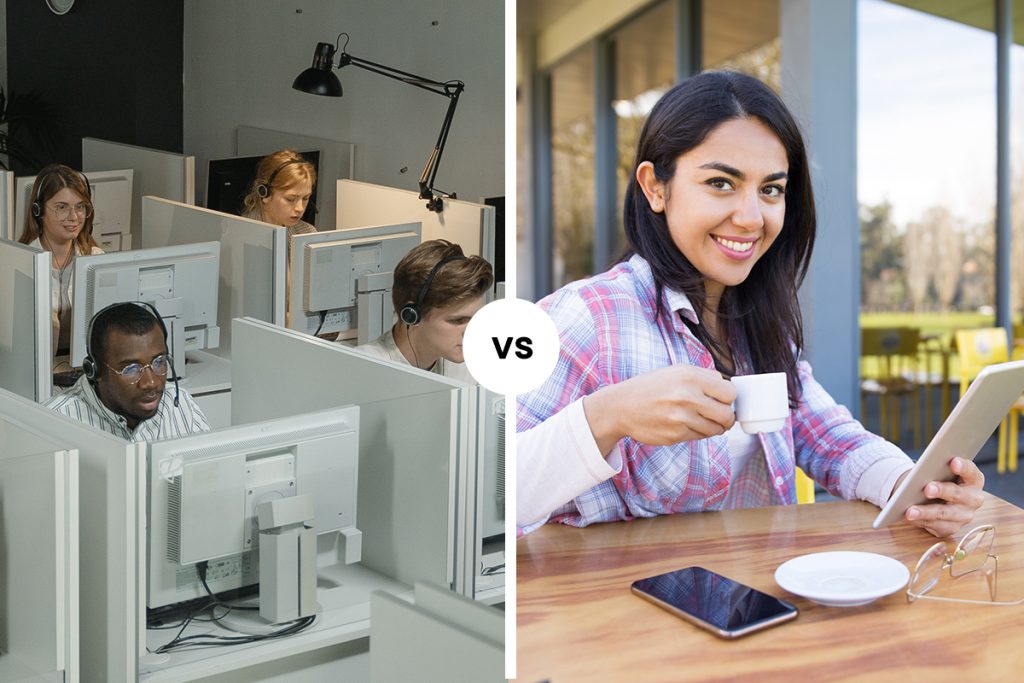When it comes to CX planning, the three major concerns for any CX leader would be: What would it cost me? Will this system meet the quality expectations? Would it be possible for me to scale when we hit the peak load? Due to COVID, CX leaders are forced to choose a remote-based setup for business continuity. So can remote setup be the new normal? Is it a temporary solution or the next alternative model? Between the three crucial components — cost, quality and scalability — how does it compare?
Money
During uncertain times like now, companies are forced to maintain the cash reserve. CXOs are crusading against capital expenditures. CX leaders with traditional on-premise set up are caught in the turmoil between previously incurred CapEx and the cost of switching to a remote CX now. As an advantage, most of the cloud-native remote setup works on the OpEx model—subscription-based and without any setup costs. And it’s easy to shift to a cloud-based remote CX set up as there are not any capital intensive hardware or infra involved. The service provider bears the installation and maintenance cost. So hands down remote CX fares well than traditional on-premise set up on the cost parameter.
Quality
Quality is delivered by platform, people and process. Modern cloud-based remote platforms are agile, integrate seamlessly, and work on a secure environment even while operating remote without compromising on the quality. Modern remote CX centres offer 100% uptime and promise equally good call qualities like the on-premise telephony.
Research proves that remote workers are equally or more efficient than on-premise workers. This is because remote workers save a lot of time like commuting and spend quality time during work.
With proper process set in place — like real-time analytics and workforce engagement — operating a remote CX centre can increase productivity and customer satisfaction.
So an efficient remote CX set up can score better on the quality of the CX delivery than the traditional system.
Scalability
Scalability can be split to cost and demand. And both of them go hand in hand. When a CX leader wants to ramp up his capacity for handling higher call volumes, on a traditional system, it takes time and money to build the team with the infra set up. On a remote set up, ramping up or down gets easier — particularly on a gig-based workforce model. What it takes in a traditional system to achieve in days, remote CX centres make it possible in hours. The pay-as-you-go billing not just offers a cost advantage during scaling but during volatile demands CX leaders also gain control over the cost parameter.
Traditional systems have been predominantly operated in-premise, By being tied to infrastructure incurring capital expenditure and maintenance costs, traditional systems are getting tougher to operate. Moving to remote CX model is becoming imminent. At when is the question a CX leader would want to answer.

